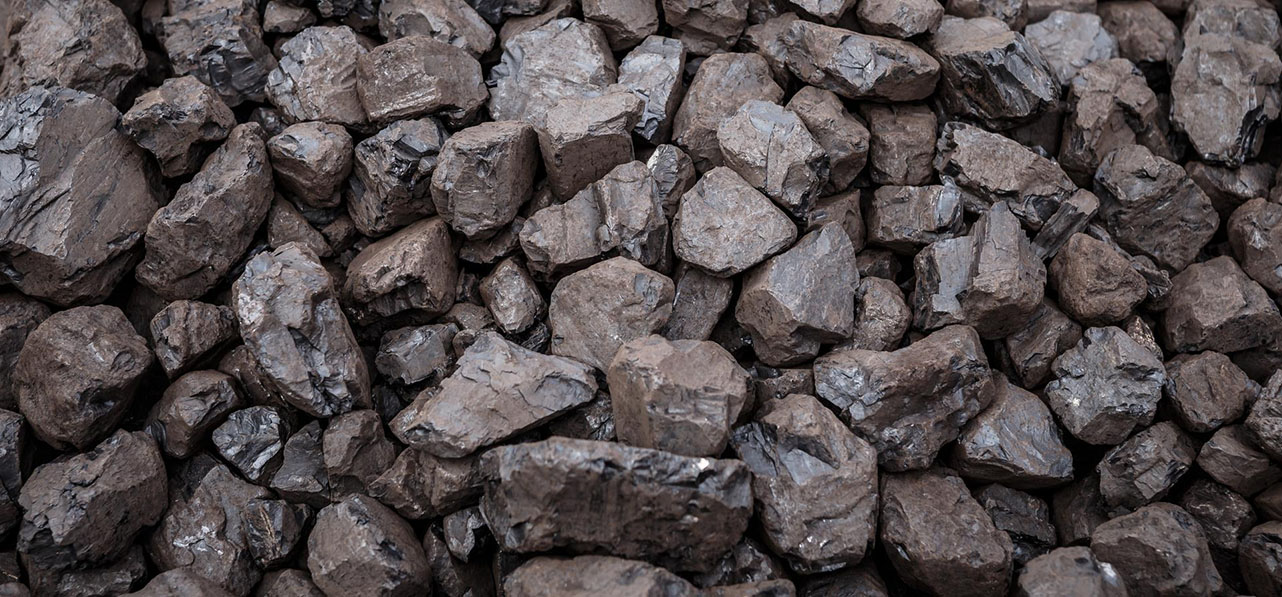Featured Articles
2022-06-17
Japan's brown hydrogen first to curb costs as a priority
 The least coalified lignite, but hydrogen can be extracted from it.
The least coalified lignite, but hydrogen can be extracted from it.Although hydrogen fuel is a clean energy source, hydrogen does not exist alone in nature. It is usually combined with other molecules. It needs to be processed and converted before it can be separated, so it is taken as an attribute of secondary energy. The most controversial part is that in this production process, energy is required, which leads to several problems. Whether the type of energy used is still polluting, and then also affect costs accordingly. The use of traditional carbon-emitting energy will violate the original intention of zero emissions, but it will help reduce costs, and will be of great help to the early market promotion of hydrogen fuel. This involves the country's overall energy policy and must be properly planned. Due to differences in conversion efficiency, etc., according to a study by Dutch bank ING, the cost of producing hydrogen with renewable energy is about twice as much as using fossil fuels. Therefore, most countries currently prefer to use non-renewable energy sources with better conversion efficiency to produce hydrogen fuel in strategy, so as to have the opportunity to get close to the price that the market can bear, create the effect of driving the industrial chain first, and then gradually increase economic benefits, depending on the time. Convert to low carbon, even green energy.
As a pioneer of hydrogen energy, Japan is not inclined to continue to use nuclear power to generate electricity, and it is the policy of the Japanese government to tend to produce hydrogen fuel abroad. In order to accelerate the promotion of hydrogen energy and tend to adopt lower-cost production methods, in the spring of 2021, the governments of Japan and Australia led the use of lignite with extremely low commercial value to produce hydrogen in the Latrobe Valley, Victoria, which is called brown hydrogen; and study the feasibility of developing greenhouse gases that will be injected into the coastal seabed. Hydrogen is shipped to Japan for use at a power plant in Kobe. In the initial thermal power generation equipment, hydrogen co-firing power generation was introduced. In the future, coal-fired power plants can even be converted to use hydrogen as fuel. The goal of commercialization of hydrogen power generation is set in 2030.
References
- Department for Business, Energy & Industrial Strategy, United Kingdom, 2021-08-17, Policy paper: UK hydrogen strategy
- Federal Ministry for Economic Affairs and Climate Action Germany, 2020-06-10, The Natural Hydrogen Strategy
- C enter for Strategic and International Studies, 2022-03-28, Jane Nakano, China Unveils its First Long-Term Hydrogen Plan
- 2021-10-12, Macron pushes nuclear, hydrogen power in €30 billion plan to reverse industrial decline
- Nature Gas Intelligence, 2022-03-08, Morgan Evans, Four Rocky Mountain States Proposing Regional Hydrogen Hub
- Ministry of Economy, Trade and Industry, Japan, 2019-09-18, Strategy for Developing Hydrogen and Fuel-Cell Technologies Formulated



